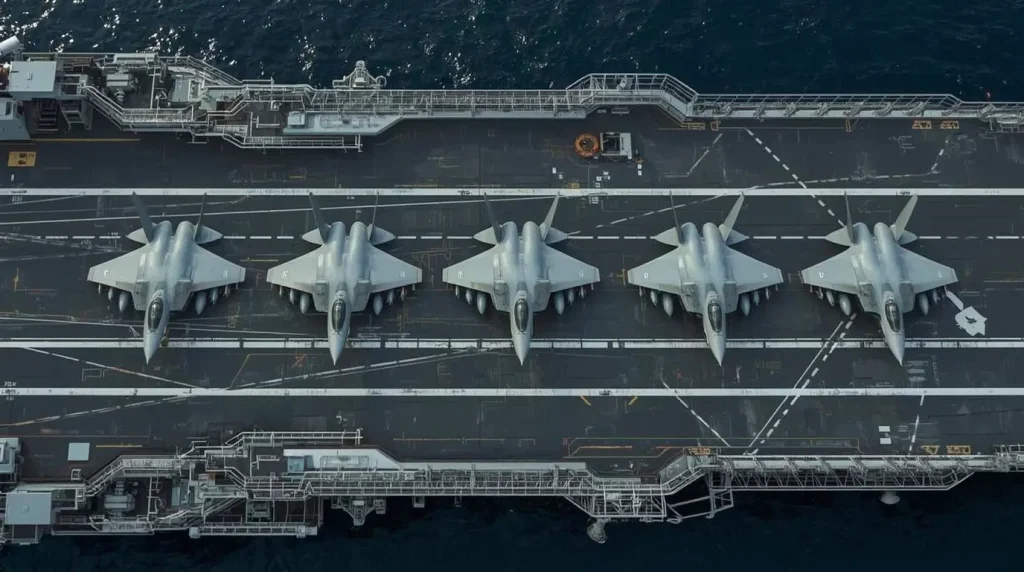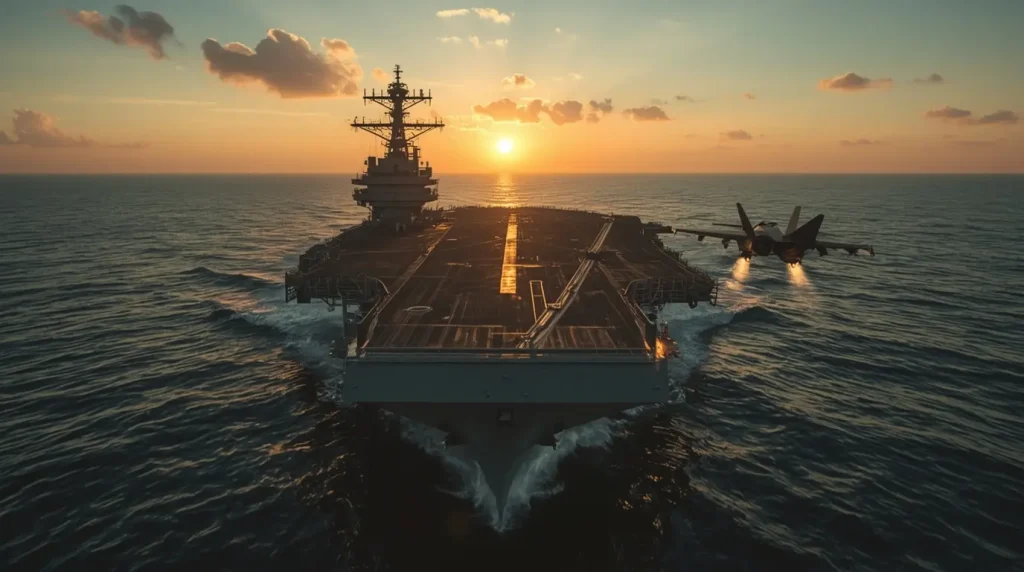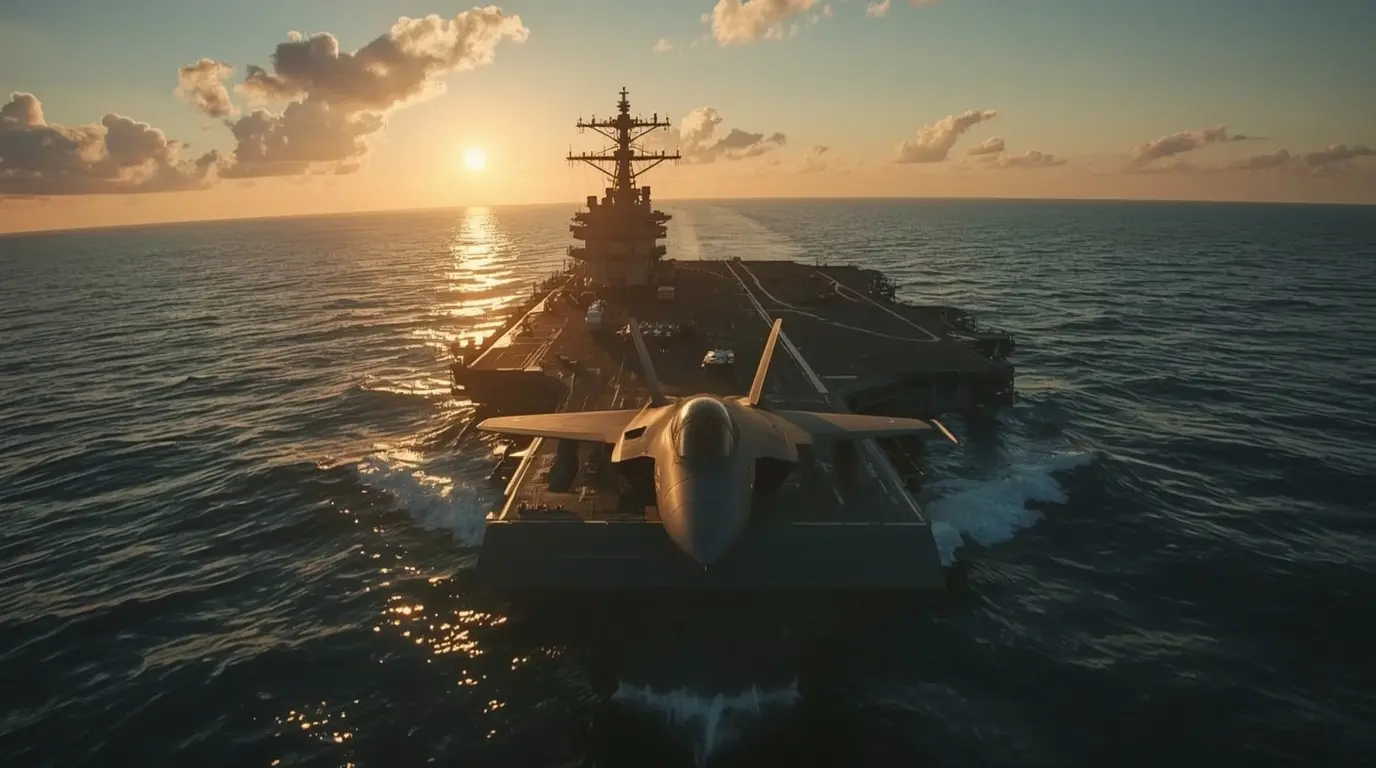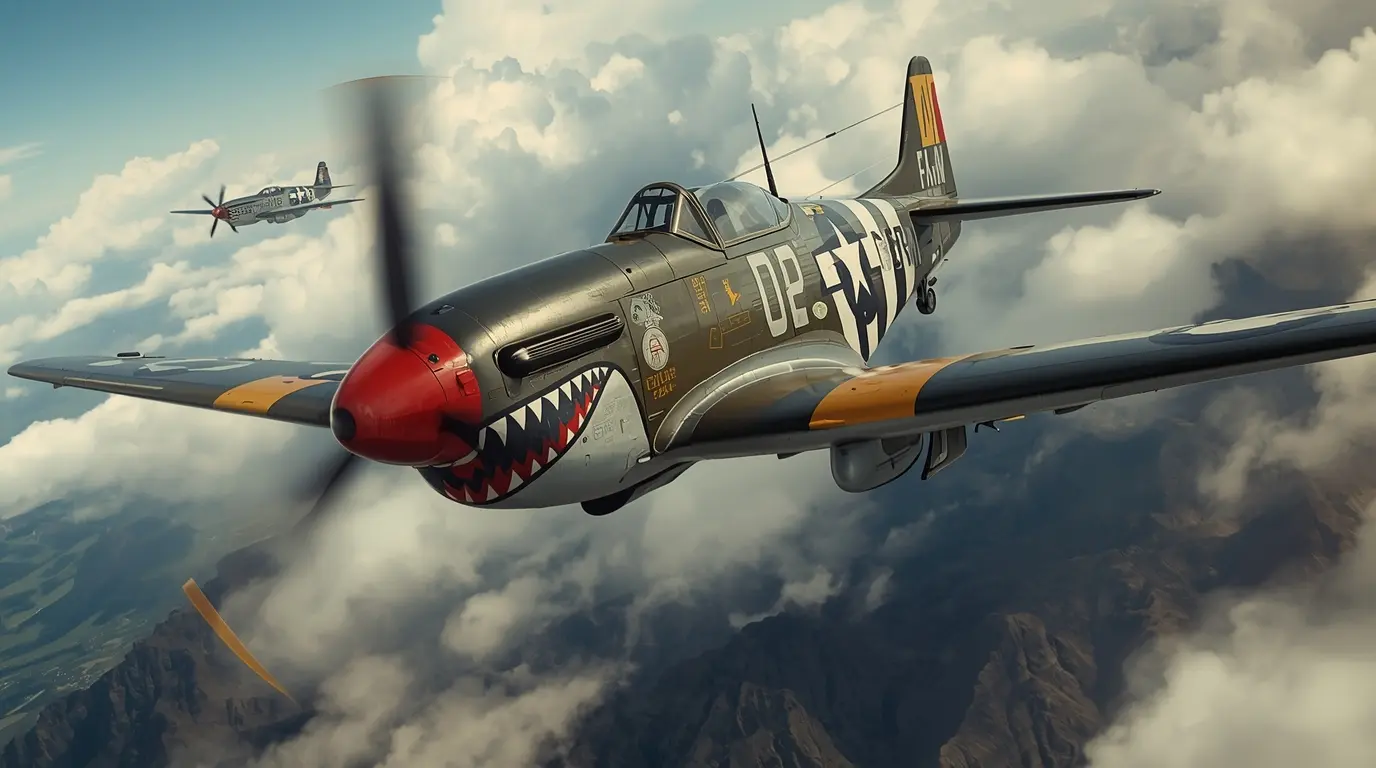China’s Fujian Carrier Breaks Ground with Electromagnetic Catapult Tests
- Carrier Name: CNS Fujian (Type 003)
- Key Achievement: First aircraft launch and recovery with electromagnetic catapult
- Advanced Systems: EMALS catapults, advanced arresting gear
- Aircraft Tested: J-35 stealth fighter, J-15T fighter, KJ-600 early warning jet
- Significance: Expands PLAN carrier capability to levels comparable with the world’s leading navies
The People’s Liberation Army Navy (PLAN) has reached a pivotal milestone. CNS Fujian, China’s latest aircraft carrier, has carried out the initial successful take-offs and landings using electromagnetically assisted launch and recovery, a feat that reshapes China’s aircraft carrier war potential. Compared to the earlier conventional carriers, the Fujian’s capability to field smaller, stealthier jets and advanced surveillance aircraft transforms the operational calculus for any future carrier group deployment.
Beyond just a technical accomplishment, these tests signify a reorientation of China’s maritime ambitions. Electromagnetic launch allows the Fujian to safely launch a heavier, more diverse air wing without excess wear to aircraft, multiplying the aircraft carrier group’s striking range and combat flexibility. Whether projecting power in the East or South China Seas, the Fujian’s air wing will deliver both decisive speed and upgraded mission profiles.
A New Generation of Naval Power: The Fujian Aircraft Carrier
China’s Fujian, labeled Type 003, stands as the nation’s third aircraft carrier yet marks a historic first: it is the first carrier fully conceived, engineered, and assembled within a Chinese shipyard, leaving behind the Soviet hull designs that informed earlier projects. With a displacement that exceeds 80,000 tons, it is the largest warship ever launched in the Asia-Pacific, reinforcing the continent’s growing maritime ambitions and serving as the visible keystone of China’s broad naval upgrade effort.

The Fujian’s game-changing innovation is the Electromagnetic Aircraft Launch System, or EMALS. While the earlier Liaoning and Shandong relied on steep ski jumps that cap the launch weight and combat load of every aircraft, EMALS employs a precisely synchronized linear electric motor to overcome those limits. The controlled linear acceleration produces gentler shock loads, allowing fighters, attack jets, and even lightweight drones to launch at optimum power without risking airframe stress. Installing this technology aboard a conventionally powered carrier represents a major step in naval engineering, a milestone previously achieved only on the nuclear-powered USS Gerald R. Ford in the United States First Fleet.
The Air Wing: A “Five-Piece Suite” for Full-Spectrum Operations
Recent flight tests confirmed that the Fujian aircraft carrier’s operating systems can work with three new platform types, bringing the People’s Liberation Army Navy closer to a fully integrated “five-piece suite” on its newest flattop. It’s the seamless interplay of these elements that really powers the carrier’s strategic reach.
J-35 Stealth Fighter
The fifth-generation J-35 is being designed as the centerpiece of the Fujian air wing, giving the aircraft carrier its air superiority edge. Low radar cross-section and advanced sensor fusion let the aircraft carrier sneak past layered enemy defenses. When launched, the J-35 sends a clear signal that the carrier strike group can contest air dominance and project offensive power in any blue-water theater.
J-15T Fighter
The J-15T “Flying Shark” variant incorporates reinforced sponsons, wing spars, and avionics bays to survive rocket-boosted catapult shots. By using the full jet blast catapult cycle, it can spool up and launch with combat-configured loads beyond the ski-jump limits of its forebears. These structural upgrades let commanders balance loitering time, armament, and fuel, multiplying the overall strike punch of the ship in a single sortie.
KJ-600: The Eyes and Brain of the Carrier Group
The KJ-600 is a fixed-wing airborne early warning aircraft that serves as a force multiplier for China’s new Fujian aircraft carrier. Think of it as the carrier group’s “eyes” and “brain” flying at altitude. It carries a powerful radar housed in a large radome, allowing it to spot dangers much farther away than ship-based radars or helicopters. It’s especially good at spotting low-flying cruise missiles, which other systems might miss. This extra reach gives the fleet better awareness of what’s happening in the surrounding ocean and sky and sharpens its command-and-control procedures for decision-making.
Strategic Implications and Path to Commissioning
The deployment of the Fujian carrier comes with significant effects on the security balance in the Pacific. The carrier’s advanced technology and the KJ-600’s radar work in tandem to allow the People’s Liberation Army Navy (PLAN) to help project force farther from China’s coast.
Broader Operational Reach: Military analyst Ben Lewis has pointed out that the combination of the carrier’s capabilities and the new KJ-600 aircraft will enable the PLAN to deploy fifth-generation stealth aircraft with dedicated airborne early warning cover “across the first island chain and into the Western Pacific.” This reach is closely tied to China’s larger strategy of safeguarding critical maritime supply routes and boosting its status as a major global naval power.
Three-Carrier Era: China is on track to start a “three-carrier era,” making its naval deployment smarter. With three—one active, one on standby, and one in maintenance—the PLAN can keep steady pressure without stretching resources. The recent passage of the Fujian from the Taiwan Strait to the South China Sea is widely viewed as the last leg of its test program before formal entry, expected no later than late 2025.
Technological Springboard: Core technologies tested on the Fujian, especially the integrated power grid that drives the electromagnetic catapults, provide a springboard for later PLAN carriers. Observers believe the next in line, dubbed the Type 004, will almost certainly be powered by nuclear reactors, extending its operational Freedom and reducing logistical vulnerability.
Conclusion: A Milestone in Naval Aviation: The Fujian aircraft carrier group’s recent full-operations cycle is more than a commissioning milestone: it formalizes China’s status as a leading carrier maritime power. The blend of an indigenously developed CATOBAR carrier, a fifth-generation stealth fighter, and tier-two support airframes illustrates a cohesive and maturing naval-industrial capability that rivals traditional carriers far and near.

The Fujian aircraft carrier is more than just another warship; it marks China’s leap from using a simple ramp to employing modern catapults. This carrier is crucial because it doesn’t just launch jets—it allows those jets to fight and win. As the Fujian gets ready to join the fleet, it will play a key role in the PLAN’s overall strategy. The carrier’s advanced systems will greatly enhance China’s ability to project power far from home, making it a cornerstone of the country’s goal to be a leading maritime force.
Source: https://edition.cnn.com/2025/09/23/china/china-aircraft-carrier-launch-system-intl-hnk-ml
For more incredible stories of everyday news, return to our homepage.





